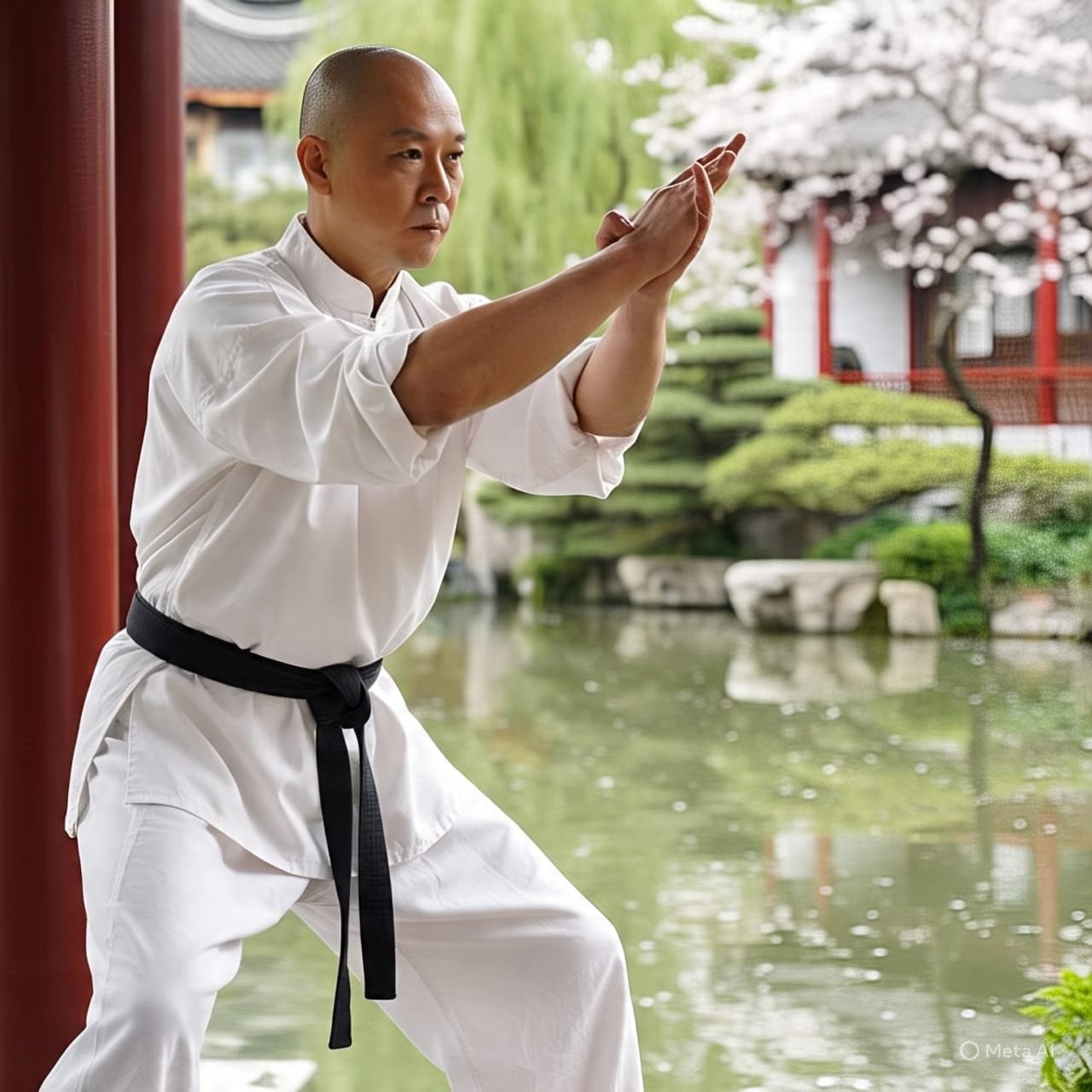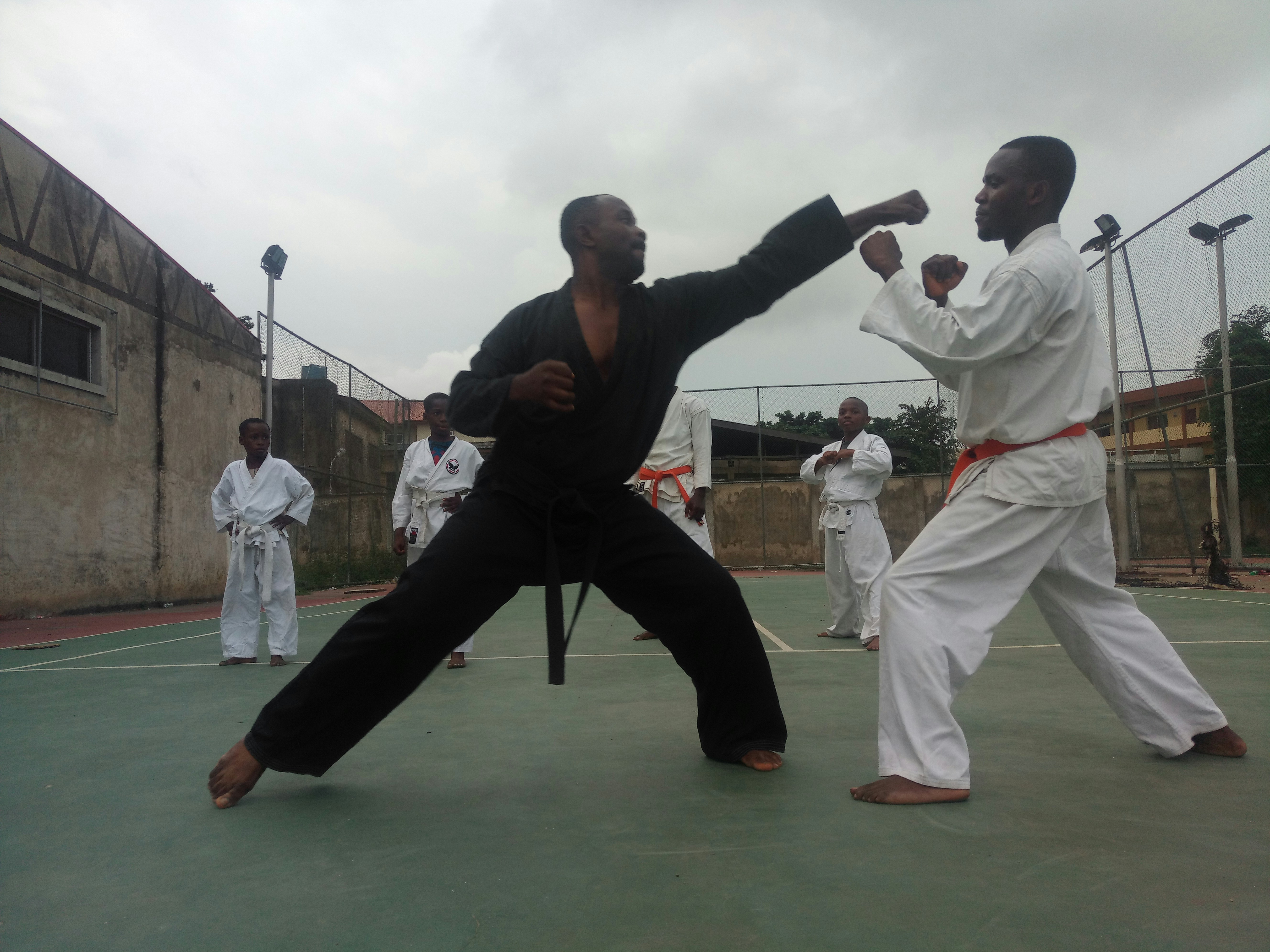The Wing Chun sparring dummy, commonly referred to as the Muk Yan Jong, plays a crucial role in the training regimen of Wing Chun practitioners.
This wooden device is meticulously designed with multiple striking surfaces that mimic the human form, allowing martial artists to practice a variety of techniques effectively.
The structure typically features three arms and a leg, each positioned at different heights,
enabling trainees to refine both their offensive and defensive skills across various angles.
One of the primary purposes of the Muk Yan Jong is to enhance a practitioner’s technique and precision.
By striking the dummy, practitioners learn to develop their power, speed, and accuracy, which are vital components in martial arts.
The tactile feedback provided by the wooden surfaces allows for a better understanding of distance, timing, and the impact of force.
As such, it serves as an excellent substitute for a sparring partner, especially for those who may be training alone or wish to work on specific techniques without the unpredictability of a live opponent.
The significance of the sparring dummy in Wing Chun training cannot be overstated.
Historically, the Muk Yan Jong has been utilized for centuries, evolving alongside martial arts practices.
Initially developed as a means of training in traditional Chinese combat styles,
it has become an essential tool specifically within the context of Wing Chun.
This unique training apparatus not only facilitates the practice of forms but also emphasizes the importance of proper biomechanics and body positioning, which are integral for effective fighting skills.
In summary, the Wing Chun sparring dummy is more than just a physical structure;
it embodies the rich heritage of Wing Chun and is pivotal for developing a practitioner’s technical ability and overall martial arts proficiency.
By integrating this traditional training tool into their routines, Wing Chun students can cultivate their skills while paying homage to the historical roots of their discipline.

Videos are added as random thoughts 💭 💭 💭 ….
Benefits of Practicing with the Sparring Dummy
Practicing with a Wing Chun sparring dummy provides a multitude of advantages for martial arts practitioners.
One of the primary benefits is the significant improvement in striking accuracy.
Engaging with a stationary target allows students to hone their techniques, ensuring that every punch and kick is precise and effectively targeted.
This precision is vital in real combat situations, where small errors can lead to significant disadvantages.
Moreover, timing and rhythm are crucial elements of Wing Chun, and the sparring dummy serves as an excellent tool for developing these skills.
By repeatedly striking the dummy, practitioners can become attuned to the right pace and sequence of movements,
which is essential for fluid and effective performance during sparring and self-defense scenarios.
The repetition provided by the dummy fosters a natural flow in movements, leading to better overall technique.
In addition to enhancing striking skills, the sparring dummy plays a pivotal role in developing body mechanics.
Proper alignment and posture are emphasized when practicing with the dummy, enabling students to execute techniques with maximum efficiency.
This dedicated practice under controlled conditions helps to reinforce proper movements and reduce the risk of injury during sparring with live opponents.
Enhancing muscle memory is another key benefit of utilizing the sparring dummy.
Through consistent, focused practice, practitioners can internalize techniques, making them instinctive responses during actual fights.
The repetitive nature of working with the sparring dummy contributes to building a strong foundation in Wing Chun principles.
Additionally, training with a dummy can simulate various combat scenarios,
allowing martial artists to practice responses against different attacks without the unpredictability associated with two-person sparring sessions.
This comprehensive training method leads to increased confidence in one’s abilities and readiness for real-world application.
Techniques and Drills for Effective Training
Training with a sparring dummy is an integral part of mastering Wing Chun, as it allows practitioners to refine their techniques in a controlled environment.
To begin, foundational moves such as straight punches, palm strikes, and various kicks should be practiced.
For the straight punch, practitioners should adopt a proper stance, ensuring that the feet are shoulder-width apart for balance.
The punch should be delivered straight from the guard position, rotating the fist upon contact with the dummy to enhance power and precision.
Next, the palm strike can be executed similarly, aiming to strike with the palm rather than the fingers.
Practitioners should focus on maintaining a relaxed yet controlled energy flow, utilizing the hips to generate power.
This technique can be practiced repeatedly, ensuring consistent impact and developing sensitivity to the dummy’s feedback.
Incorporating kicks during sparring dummy practice is equally crucial.
Front kicks and low side kicks should target specific areas on the dummy, such as the midsection and legs, to promote accuracy and fluidity.
A well-executed kick requires proper foot positioning and body alignment; therefore,
starting with slow, controlled movements is advisable before progressing to faster applications.
Essential drills for footwork, positioning, and flow should not be overlooked.
One effective drill involves stepping in and out while delivering combinations of punches and strikes, simulating a real sparring scenario.
Practitioners should practice maintaining balance and proper stance while employing various angles and ranges.
Additionally, common mistakes during these drills include overreaching, losing balance, and failing to maintain a proper guard.
Regularly correcting these errors will greatly enhance the effectiveness of the training.
Integrating Sparring Dummy Practice into Your Training Routine
To fully harness the benefits of sparring dummy practice in Wing Chun, it is essential to strategically integrate it into a comprehensive training regimen.
This involves not only determining the frequency of practice sessions but also effectively blending them with other training forms,
such as partner drills and shadowboxing.
A well-rounded approach allows practitioners to engage their skill set in varied scenarios, enhancing their adaptability and effectiveness in real-life situations.
It is generally recommended that practitioners include sparring dummy workouts at least two to three times a week.
This frequency provides sufficient exposure without causing burnout. During these practice sessions,
it is beneficial to set specific goals focused on technique refinement, speed improvement, and power generation.
For instance, dedicating one session to practicing precision with targeted strikes and another session for enhancing fluidity and movement can lead to well-rounded skill development.
Combining sparring dummy practice with partner drills can also yield fruitful results.
As partners can simulate unpredictable movements, this integration helps in seamlessly transitioning between controlled practice on the dummy and live sparring scenarios.
Shadowboxing complements these training exercises by enabling learners to visualize their techniques in action, allowing them to better understand distances and angles.
It is crucial for Wing Chun practitioners to acknowledge their individual learning curves and adapt their training frequency and intensity accordingly.
Assessing personal progress can be done through consistent reflection and analysis of performance.
Maintaining a training journal can be an effective method for tracking improvements over time, highlighting areas that require more attention and adjusting goals as proficiency grows.
By thoughtfully incorporating sparring dummy practice, individuals can cultivate a more effective training rhythm that enhances their overall Wing Chun abilities.


